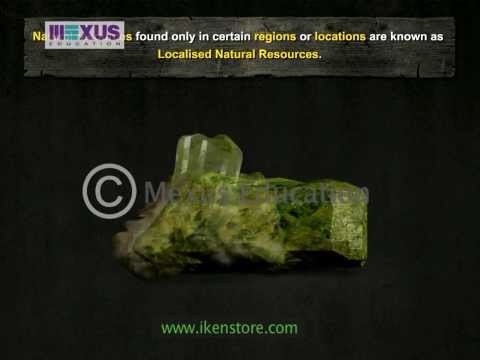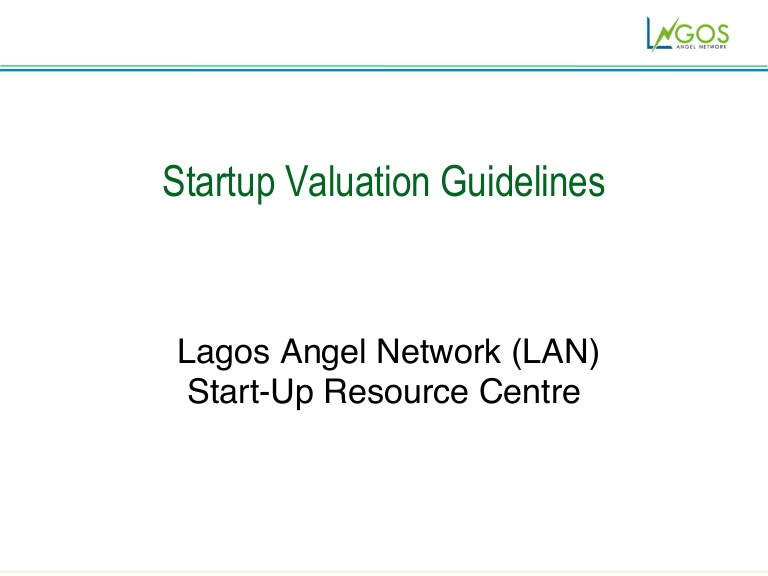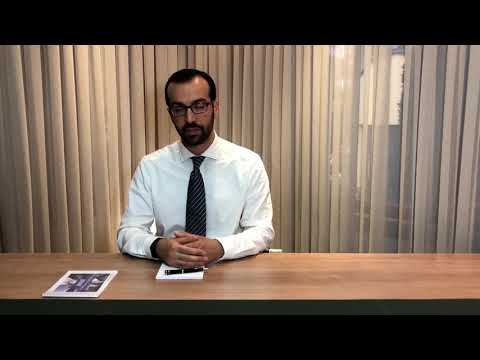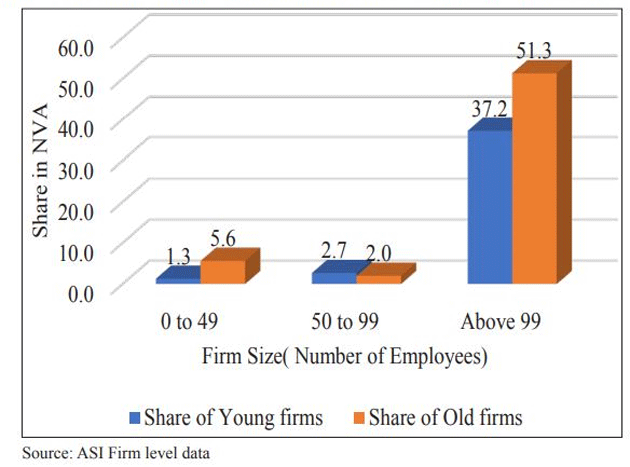depreciation expense formula: How To Calculate Depreciation With Examples
Содержание

Residual value — an estimated amount of money that an asset will be worth after the lifetime has elapsed . Most assets lose more value in the beginning of their useful life. Returning to the “PP&E, net” line item, the formula is the prior year’s PP&E balance, less capex, and less depreciation. CapEx as a percentage of revenue is 3.0% in 2021 and will subsequently decrease by 0.1% each year as the company continues to mature and growth decreases.
For a complete depreciation waterfall schedule to be put together, more data from the company would be required to track the PP&E currently in use and the remaining useful life of each. Additionally, management plans for future CapEx spending and the approximate useful life assumptions for each new purchase are necessary. Contains a depreciation coefficient by which depreciation is accelerated based on the useful life of the asset. Divide the sum of step by the number arrived at in step to get the annual depreciation amount. Subtract the estimated salvage value of the asset from the cost of the asset to get the total depreciable amount.
For example, a small depreciation expense formula may set a $500 threshold, over which it depreciates an asset. On the other hand, a larger company may set a $10,000 threshold, under which all purchases are expensed immediately. Since the purchase amount of assets is huge, charging it in a profit and loss account in one shot significantly decreases the profit. But by charging expenses proportionate to benefits, the expense burden is distributed over the useful life of the asset.
Businesses can avail of tax deductions for the cost of the assets by reducing the taxable income. If you are interested in detailed car depreciation calculations, be sure to look at our car depreciation calculator. On the other hand, if you sell an asset below its net book value, you will need to record a loss on sale. As was already mentioned, residual value is an estimated amount of money that an asset will be worth after the planned number of years of use. Obviously, in real life, it is impossible to accurately predict the exact salvage value of an asset after a particular number of years.
Entergy Reports 2022 Financial Results, Initiates 2023 Earnings … – bizneworleans.com
Entergy Reports 2022 Financial Results, Initiates 2023 Earnings ….
Posted: Fri, 17 Feb 2023 15:16:23 GMT [source]
Residual value is the estimated value of a fixed asset at the end of its lease term or useful life. Accumulated depreciation is commonly used to forecast the lifetime of an item or to keep track of depreciation year-over-year. Amortization is an accounting term that essentially depreciates intangible assets such as intellectual property or loan interest over time. As such, the company’s accountant does not have to expense the entire $50,000 in year one, even though the company paid out that amount in cash. Instead, the company only has to expense $4,000 against net income.
Relevance and Use of Depreciation Formula
As noted above, businesses can take advantage of depreciation for both tax and accounting purposes. This means they can take a tax deduction for the cost of the asset, reducing taxable income. But the Internal Revenue Service states that when depreciating assets, companies must spread the cost out over time. The IRS also has rules for when companies can take a deduction. Let us take another example to understand the unit of production method formula.
- This is referred to as depreciation, and it is the source of depreciation expenses on corporate income statements and balance sheets.
- The double-declining balance depreciation technique is a popular alternative for organizations that use declining balance depreciation.
- Regarding this method, salvage values are not included in the calculation for annual depreciation.
- The unit of production method requires an estimated number of how many hours an asset can be used in total.
The interest on the opening balance is debited to the asset account and the cost along with the interest is written off equally over its lifetime. Depreciation refers to the cost of an asset spread over its useful life. It also represents the reduction in the record cost of that asset in a systematic way. Usually, depreciation applies to every resource until the useful life of that asset is over.
Time Value of Money
Depreciation is a continuous process until the useful life period of the asset. C is the cost of the asset and n is the useful life of the asset. A suitable rate of depreciation becomes difficult to be ascertained. There are a host of different causes that lead to the depreciation of physical assets.

It takes the straight line, declining balance, or sum of the year’ digits method. If you are using the double declining balance method, just select declining balance and set the depreciation factor to be 2. It can also calculate partial-year depreciation with any accounting year date setting. Depreciation expense refers to the charge included in the income statement for assets depreciated for a period.
It is also called the Original cost method, Fixed Installment method or Equal Installment method. The same amount of depreciation is charged every year on the original cost of the asset. The amount of depreciation is charged to the Profit and Loss Account every year. For better understanding, we have given the straight-line depreciation formula. Anybody who needs the service performed by these assets can buy it and use it. With time the value of the asset also decreases with time as they are used up worn and torn down gradually.
Even if a particular piece of machinery perfectly executed its job at one point in time, it usually doesn’t stay that way forever. Equipment either becomes outdated or a new type of technology comes out that makes it practically useless. Many people prefer to leave anything involving their taxes to an accountant, but becoming familiar with a few key terms and situations could help you in the future.
Declining Balance
So the total Depreciation expense is Rs. 800 which is accounted for. Once the per-unit depreciation is found out, it can be applied to future output runs. Written down value essentially indicates the asset value after accounting amortization or depreciation.

In addition to following historical trends, management guidance and industry averages should also be referenced as a guide for forecasting Capex. There are various depreciation methodologies, but the most common type is called “straight-line” depreciation. Note how the book value of the machine at the end of year 5 is the same as the salvage value. Over the useful life of an asset, the value of an asset should depreciate to its salvage value. Therefore, Company A would depreciate the machine at the amount of $16,000 annually for 5 years. Company A purchases a machine for $100,000 with an estimated salvage value of $20,000 and a useful life of 5 years.
What is Managerial Accounting
Almost everything we see around us has a useful life because it is being used up little by little every day or will become outdated as technology changes. This ‘using up’ is called depreciation, and that five years is considered the computer’s useful life. Using our example, the accumulated depreciation for the displays will be $1,000 after one month of operation. The accumulated depreciation shown on the balance sheet after 24 months of usage will be $24,000.

It is important to understand that although the depreciation expense affects net income , it does not involve the movement of cash. Most long term assets have limited useful life resulting from wear and tear and obsolescence and therefore depreciate over time. A depreciation expense arises due to the reduction in value of a long term asset as a result of its limited useful life. The booked value of fixed assets that have affected a declination is what depreciation is. Accounting entry – DEBITdepreciation expense account and CREDITaccumulated depreciation account. In the profit and loss account, pursuant to this method, the same is charged as the depreciation amount.
In accounting terms, depreciation is defined as the reduction of the recorded cost of a fixed asset in a systematic manner until the value of the asset becomes zero or negligible. With this method, the depreciation is expressed by the total number of units produced vs. the total number of units that the asset can produce. The depreciated cost can be used as an asset valuation tool to determine the useful value of an asset at a specific point in time. It can be compared with the market value to examine whether there is an impairment to the asset. If an asset is sold, the depreciated cost can be compared with the sales price to report a gain or loss from the sale. Businesses also create accounting depreciation schedules with tax benefits in mind because depreciation on assets is deductible as a business expense in accordance with IRS rules.
The fixed tangible assets typically come with a high purchase cost and a long life expectancy. Expensing the costs fully to a single accounting period doesn’t portray the benefits of usage over time accurately. Thus, the IFRS and the GAAP allow companies to allocate the costs over several periods through depreciation. The double-declining balance depreciation method is an accelerated method that multiplies an asset’s value by a depreciation rate. Depreciation is considered to be an expense for accounting purposes, as it results in a cost of doing business.
INVESTMENT BANKING RESOURCESLearn the foundation of Investment banking, financial modeling, valuations and more. Help Mr. X calculate the depreciation and closing value of the machine at the end of each year. Is the amount expected to realize at the end of the useful life of an asset. Residual ValueResidual value is the estimated scrap value of an asset at the end of its lease or useful life, also known as the salvage value. It represents the amount of value the owner will obtain or expect to get eventually when the asset is disposed.
The double-declining method assigns a higher depreciation expense for the initial periods of the asset’s life. It is a type of accelerated depreciation method that charges double the value of depreciation as the declining method. There are several methods that accountants commonly use to depreciate capital assets and other revenue-generating assets.
However, depreciation stops once book values drop to salvage values. The depreciated cost of an asset can be determined by a depreciation schedule that a company applies to the asset. There are several allowable methods of depreciation, which will lead to different rates of depreciation, as well as different depreciation expenses for each period. Thus, the depreciated cost balance will also differ under different depreciation methods. Depreciation Expense means how a fixed asset’s cost decreases over its useful time period.
The depreciated cost of an asset is determined by the depreciation method applied. It is also known as the diminishing balance method and is an accelerated way of depreciating assets. A higher rate is charged during the early years from when the asset is purchased.

